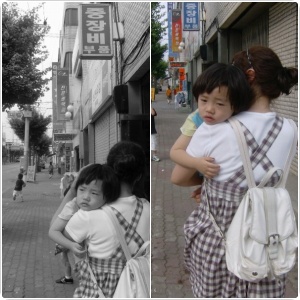Jennica for October Eight
After reading through Drum-Taps and Memories of President Lincoln, one of the poems that caught my attention was “Delicate Cluster.” Though many, if not all, were dedicated to the war, this poem in particular made me curious as to whom the work was truly dedicated to. The last line intrigued me the most:
Delicate Cluster
DELICATE cluster! flag of teeming life!
Covering all my lands —all my seashores lining!
Flag of death! (how I watch’d you through the smoke of battle pressing!
How I heard you flap and rustle, cloth definant!)
Flag cerulean —sunny flag, with the orbs of night dappled!
Ah my silvery beauty —ah my woolly white and crimson!
Ah to sing the song of you, my matron might!
My sacred one, my mother.
(Whitman 454)
If you read the poem, clearly on the surface, it seems like Whitman is showing his love, dedication, and reverence towards the American flag. I loved all of his different usage of descriptions in describing the flag. It is teeming, full of life; yet, at the same time, a “[f]lag of death.” (I just love his uses of contradictions.) The flag is also decorated in “cerulean,” “orbs of night dappled” with “silvery beauty” in “woolly white and crimson.” Last but not least, the great American flag is Whitman’s “matron mighty.” However, Whitman finishes off by calling the flag his “sacred one,” his “mother.”
This puzzles, yet interests me the most. At first, when I read the poem, I automatically assumed that either the flag would be an “it” or at least, male. (Could this be the work of cultural/political brainwash done to me? Sadly I have automatically assumed the flag to be male instead of female.. Feminists, please spare me..) But Whitman surprisingly personifies the flag as female. Better yet, his mother. Now I read the poem a second time. Then a third. Then I realized how Whitman somehow personifies the flag as female. For instance, diction such as “teeming life,” “seashores lining,” “orbs of night dappled,” “silvery beauty,” “woolly white and crimson.” If you think about it, these words do resonate well with females. However, in Whitman’s case, the woman is strong, mighty, and a warrior.
But what I really want to know is what underlying connections might he have had with his mother…








